Home>Furniture & Design>Bathroom Accessories>How To Disinfect Toilet Seat
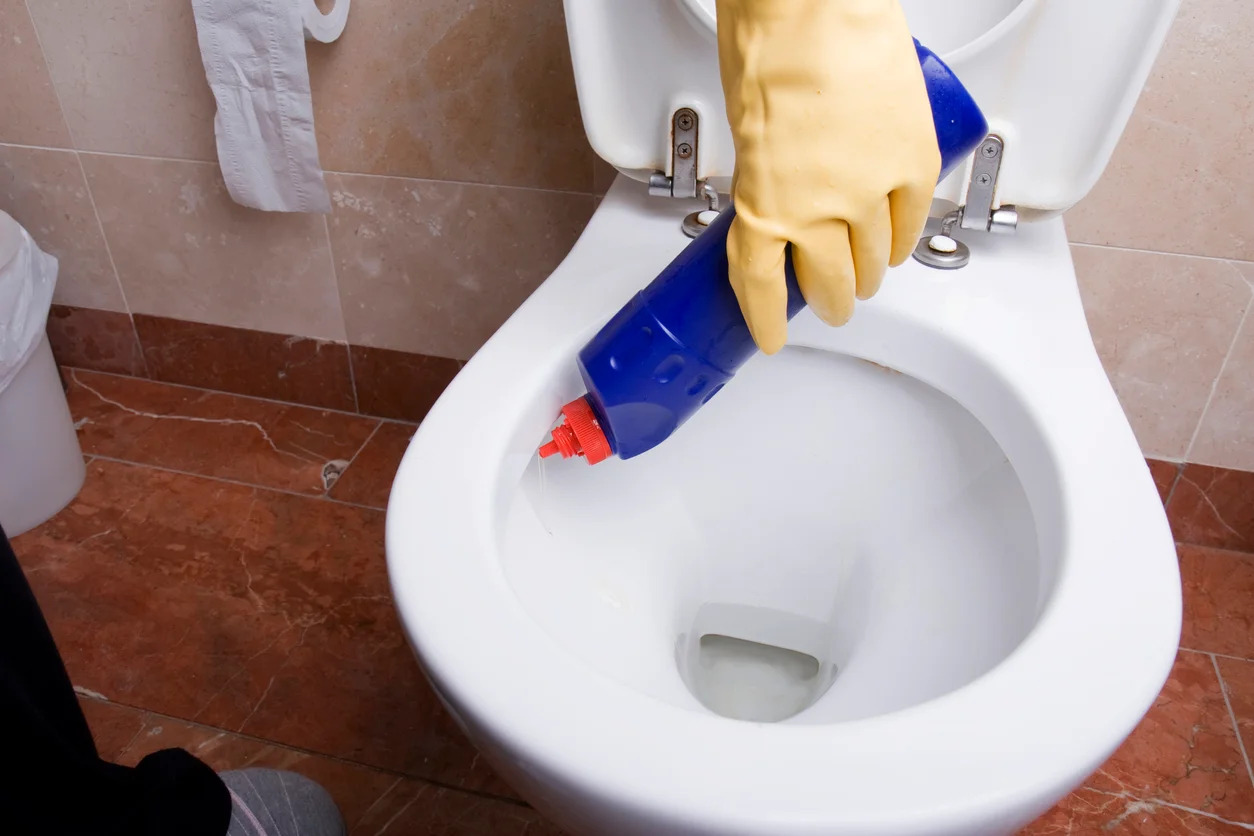

Bathroom Accessories
How To Disinfect Toilet Seat
Modified: October 30, 2024
Learn how to effectively disinfect your toilet seat and keep your bathroom accessories clean and germ-free. Follow our simple tips for a hygienic bathroom.
(Many of the links in this article redirect to a specific reviewed product. Your purchase of these products through affiliate links helps to generate commission for Storables.com, at no extra cost. Learn more)
Introduction
Maintaining a clean and hygienic bathroom is essential for the well-being of everyone in your household. Among the various bathroom fixtures, the toilet seat is a hotspot for germs and bacteria. Therefore, it is crucial to understand the importance of disinfecting toilet seats and to know the proper methods for doing so. In this comprehensive guide, we will delve into the significance of this practice, explore the best disinfectants for the job, and provide a step-by-step guide to ensure that your toilet seats are thoroughly disinfected. Additionally, we will share some valuable tips for maintaining cleanliness in your bathroom, helping you create a healthy and sanitary environment for you and your family. Let's embark on this journey to learn the best practices for disinfecting toilet seats and promoting overall well-being.
Key Takeaways:
- Regularly disinfecting your toilet seat is crucial for keeping your bathroom clean and preventing the spread of harmful bacteria, promoting a healthier environment for you and your family.
- Choose a high-quality disinfectant, follow a step-by-step guide for proper disinfection, and implement additional cleanliness tips to create a welcoming and healthy bathroom space.
Read more: How To Clean A Toilet Seat
Understanding the Importance of Disinfecting Toilet Seats
Maintaining a clean and hygienic bathroom is crucial for promoting overall health and well-being. When it comes to hygiene practices, disinfecting the toilet seat is of utmost importance. The toilet seat is a prime location for the accumulation of germs, bacteria, and other harmful microorganisms. Every time the toilet is flushed, microscopic water droplets containing these pathogens can be dispersed into the air, landing on the surrounding surfaces, including the toilet seat. Additionally, when the toilet is used, skin cells, bodily fluids, and fecal matter may come into contact with the seat, further contributing to the potential for bacterial growth.
Failure to regularly disinfect the toilet seat can lead to the proliferation of harmful bacteria such as E. coli, salmonella, and staphylococcus, which can pose serious health risks. These bacteria can cause a range of illnesses, including gastrointestinal infections, urinary tract infections, and skin infections. Moreover, if individuals come into contact with contaminated toilet seats and then touch their faces or food without proper handwashing, they can unknowingly ingest or transfer these harmful microorganisms, leading to potential illness and disease transmission.
In households with multiple occupants, the risk of cross-contamination is heightened, as each person using the toilet may inadvertently contribute to the accumulation of germs on the seat. Furthermore, in public restrooms, where numerous individuals utilize the facilities throughout the day, the potential for exposure to harmful bacteria is even greater.
By understanding the significance of disinfecting toilet seats, individuals can take proactive measures to mitigate the spread of germs and protect themselves and others from potential health hazards. Regular disinfection of toilet seats not only helps to maintain a clean and sanitary bathroom environment but also plays a critical role in safeguarding overall health and well-being.
In the following sections, we will explore the best practices for choosing the right disinfectant and provide a step-by-step guide to effectively disinfecting toilet seats, empowering you to uphold a high standard of cleanliness and hygiene in your bathroom.
Choosing the Right Disinfectant
Selecting the appropriate disinfectant is paramount in ensuring the effective elimination of germs and bacteria from toilet seats. When choosing a disinfectant, it is essential to opt for a product that is specifically formulated to target a broad spectrum of pathogens, including bacteria, viruses, and fungi. Look for disinfectants that are registered with the Environmental Protection Agency (EPA) and labeled as effective against common bathroom germs. These products are rigorously tested and proven to deliver the desired level of disinfection.
It is important to consider the type of surface the disinfectant will be applied to. Toilet seats are typically made of materials such as plastic, wood, or composite materials. Therefore, it is crucial to select a disinfectant that is compatible with the specific material of the toilet seat to avoid any potential damage or discoloration.
Furthermore, for individuals with sensitivities to certain chemicals or fragrances, choosing a disinfectant that is free from harsh chemicals and strong odors is advisable. Many disinfectants are now available in hypoallergenic formulas, ensuring effective disinfection without triggering allergic reactions or respiratory irritations.
In addition to considering the disinfectant's efficacy and compatibility, it is important to follow the manufacturer's instructions for proper usage. Some disinfectants require a certain amount of contact time to effectively kill germs, while others may need to be diluted before use. Adhering to the recommended usage guidelines will ensure that the disinfectant performs optimally and provides the desired level of protection.
When selecting a disinfectant, it is also beneficial to choose a product that is convenient and easy to use. Whether in the form of wipes, sprays, or concentrated solutions, the disinfectant should align with your preferences and lifestyle, making the disinfection process a seamless and efficient task.
By carefully considering these factors and selecting a high-quality, EPA-registered disinfectant that is compatible with the toilet seat material, safe for household members, and convenient to use, you can effectively combat the proliferation of germs and bacteria, contributing to a clean, hygienic, and healthy bathroom environment.
Use a disinfectant spray or wipe to thoroughly clean the toilet seat, focusing on the areas that come into contact with skin. Let the disinfectant sit for the recommended time before wiping it off. Always wash your hands after cleaning.
Step-by-Step Guide to Disinfecting Toilet Seats
-
Prepare the Disinfectant: Begin by selecting a suitable disinfectant for the toilet seat. Ensure that the chosen product is compatible with the material of the seat and follows the manufacturer's instructions for proper usage.
-
Wear Protective Gear: Before initiating the disinfection process, it is advisable to wear protective gloves to prevent direct contact with the disinfectant and any potential germs present on the toilet seat.
-
Clean the Surface: Prior to applying the disinfectant, clean the toilet seat with a mild soap or bathroom cleaner to remove any visible dirt, grime, or residue. Thoroughly rinse and dry the seat before proceeding to the next step.
-
Apply the Disinfectant: Following the instructions on the product label, apply the disinfectant to the entire surface of the toilet seat, ensuring complete coverage. Pay particular attention to the underside and hinges, as these areas are often overlooked but can harbor significant amounts of germs.
-
Allow Contact Time: Most disinfectants require a specific contact time to effectively kill germs. Refer to the product instructions to determine the necessary duration for the disinfectant to remain in contact with the surface. This step is crucial for achieving optimal disinfection.
-
Wipe or Rinse: After the designated contact time has elapsed, use a clean cloth or disposable wipe to thoroughly wipe the entire surface of the toilet seat. Alternatively, if the disinfectant does not require rinsing, simply allow the seat to air dry as per the product instructions.
-
Dispose of Materials: If disposable wipes or gloves were used during the disinfection process, ensure that they are properly disposed of in a sealed trash receptacle to prevent the spread of germs.
-
Wash Hands: After completing the disinfection process, it is essential to wash your hands thoroughly with soap and water to eliminate any potential germs that may have been encountered during the task.
By following this step-by-step guide, you can effectively disinfect your toilet seat, mitigating the risk of exposure to harmful germs and bacteria. Regularly incorporating this practice into your bathroom cleaning routine will contribute to a healthier and more hygienic environment for you and your family.
Additional Tips for Maintaining Cleanliness
In addition to regular disinfection of toilet seats, there are several supplementary measures that can be implemented to uphold a high standard of cleanliness in the bathroom. These additional tips serve to complement the disinfection process and contribute to a comprehensive approach to maintaining a hygienic environment.
-
Frequent Cleaning: Incorporate regular cleaning of the entire toilet, including the bowl, tank, and surrounding areas. Use a designated toilet brush and effective bathroom cleaner to remove any buildup of grime, mineral deposits, and bacteria. This practice helps prevent the spread of germs and ensures that the entire toilet remains clean and sanitary.
-
Proper Ventilation: Adequate ventilation is essential for reducing moisture and inhibiting the growth of mold and mildew in the bathroom. Utilize exhaust fans or open windows during and after showering to promote air circulation and prevent the accumulation of excess humidity, which can create an environment conducive to bacterial growth.
-
Hygienic Practices: Encourage household members to practice good hygiene habits, such as washing hands thoroughly after using the toilet. Proper handwashing with soap and water is a fundamental step in preventing the transfer of germs from the toilet seat to other surfaces and individuals.
-
Regular Maintenance: Inspect the toilet seat and its components regularly for any signs of wear, damage, or deterioration. Promptly address any issues, such as loose hinges or cracks, to prevent the accumulation of dirt and bacteria in hard-to-reach areas.
-
Use of Toilet Seat Covers: Consider using disposable or reusable toilet seat covers to provide an additional barrier between the toilet seat and the user. These covers can help minimize direct contact with the seat and reduce the risk of exposure to germs, particularly in public restrooms.
-
Sanitary Disposal: Ensure that waste bins in the bathroom are equipped with liners and regularly emptied to prevent the buildup of used tissues, wipes, or other disposable items. Proper disposal of these materials contributes to a cleaner and more hygienic bathroom environment.
By incorporating these additional tips into your bathroom maintenance routine, you can further enhance the cleanliness and hygiene of the space, creating a welcoming and healthy environment for all occupants. These practices, when combined with regular disinfection of toilet seats, contribute to a comprehensive approach to promoting overall cleanliness and well-being in the bathroom.
Read more: How To Paint A Toilet Seat
Conclusion
In conclusion, maintaining a clean and hygienic bathroom environment is essential for promoting overall health and well-being. The toilet seat, being a prime location for the accumulation of germs and bacteria, requires regular disinfection to mitigate the potential health risks associated with exposure to harmful microorganisms. By understanding the significance of disinfecting toilet seats and following the best practices outlined in this guide, individuals can take proactive measures to create a healthy and sanitary bathroom space.
Choosing the right disinfectant is crucial in ensuring the effective elimination of germs and bacteria from toilet seats. By selecting a high-quality, EPA-registered disinfectant that is compatible with the toilet seat material, safe for household members, and convenient to use, individuals can effectively combat the proliferation of harmful pathogens. Additionally, following a step-by-step guide to disinfecting toilet seats, including proper preparation, application, and disposal of materials, empowers individuals to uphold a high standard of cleanliness and hygiene in their bathrooms.
Furthermore, implementing additional tips for maintaining cleanliness, such as frequent cleaning of the entire toilet, promoting proper ventilation, encouraging hygienic practices, and utilizing toilet seat covers, contributes to a comprehensive approach to creating a healthy and welcoming bathroom environment. These practices, when combined with regular disinfection of toilet seats, serve to minimize the spread of germs and bacteria, thereby reducing the risk of illness and promoting overall well-being.
By incorporating these practices into their bathroom maintenance routine, individuals can create a space that is not only aesthetically pleasing but also conducive to good health. Whether in a household setting or a public restroom, the diligent disinfection of toilet seats and the implementation of supplementary cleanliness measures contribute to a cleaner, safer, and more hygienic environment for all occupants.
In essence, the proper disinfection of toilet seats is not only a matter of cleanliness but also a fundamental aspect of safeguarding health. By embracing these practices and understanding their importance, individuals can contribute to the creation of a healthier and more hygienic living environment for themselves and their families.
Frequently Asked Questions about How To Disinfect Toilet Seat
Was this page helpful?
At Storables.com, we guarantee accurate and reliable information. Our content, validated by Expert Board Contributors, is crafted following stringent Editorial Policies. We're committed to providing you with well-researched, expert-backed insights for all your informational needs.
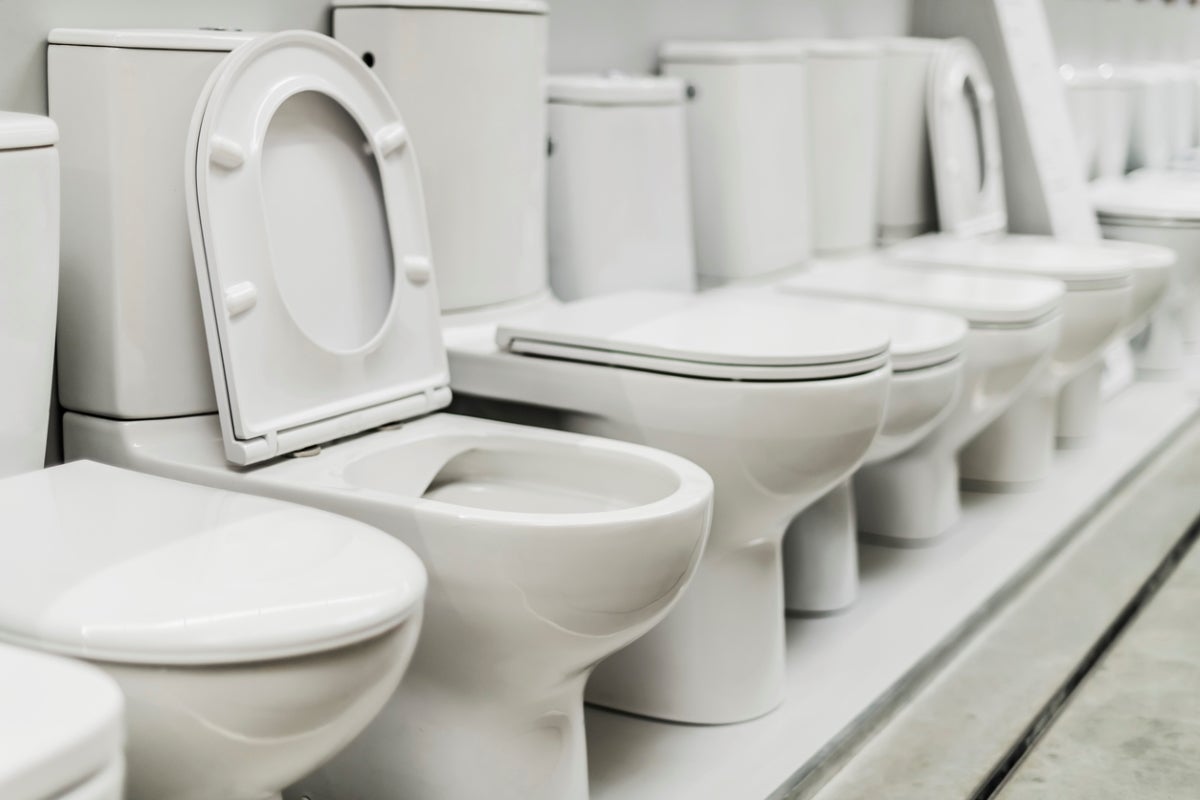
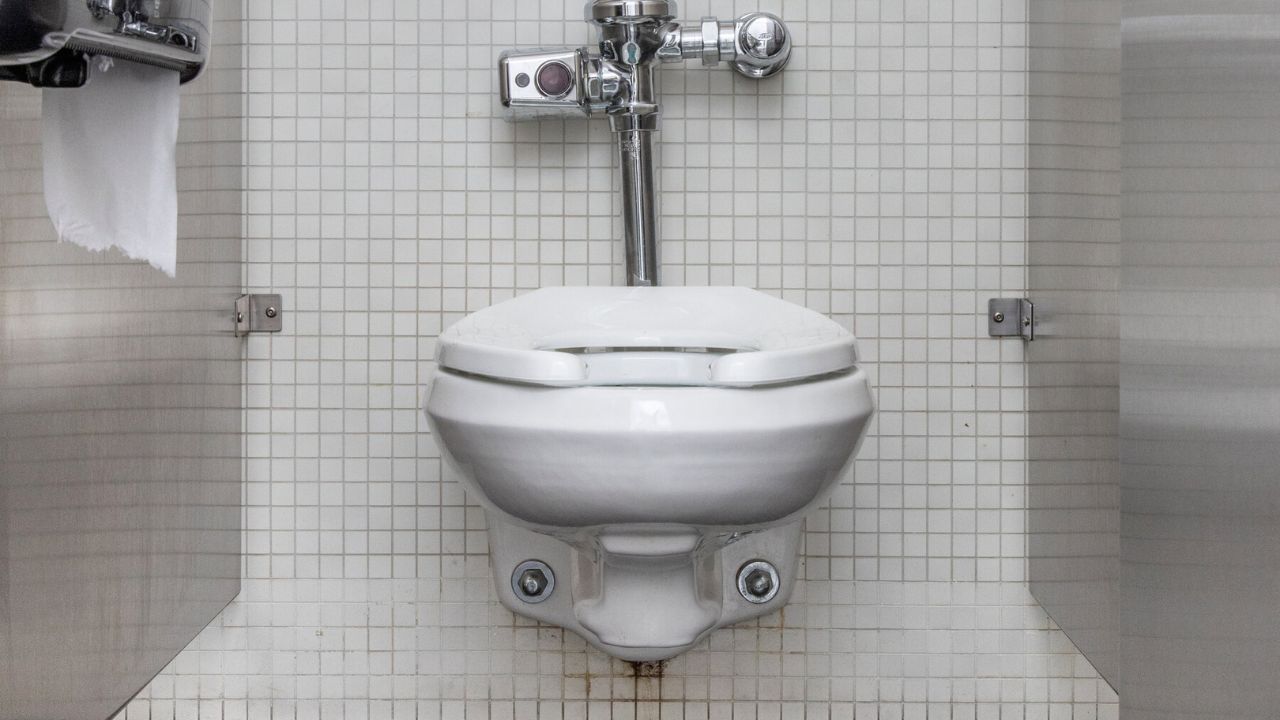
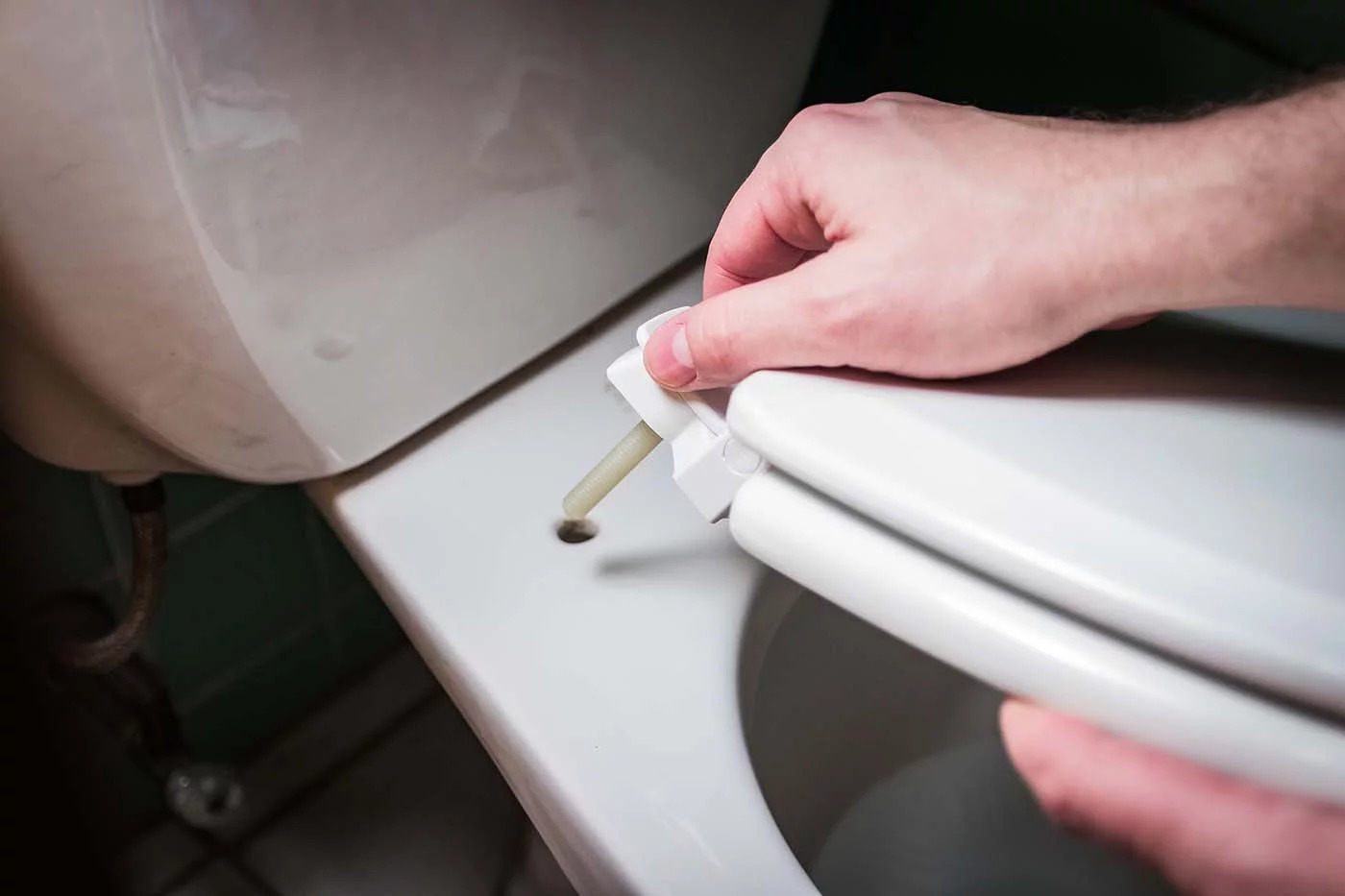
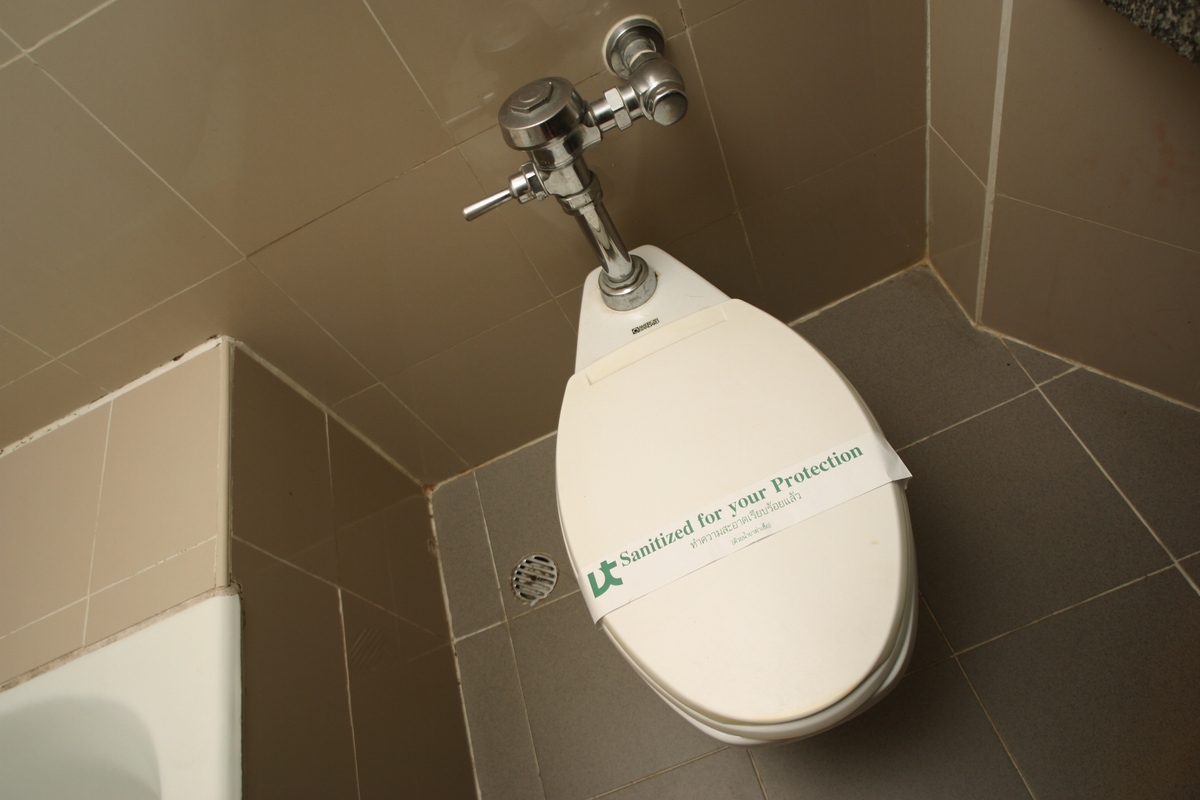
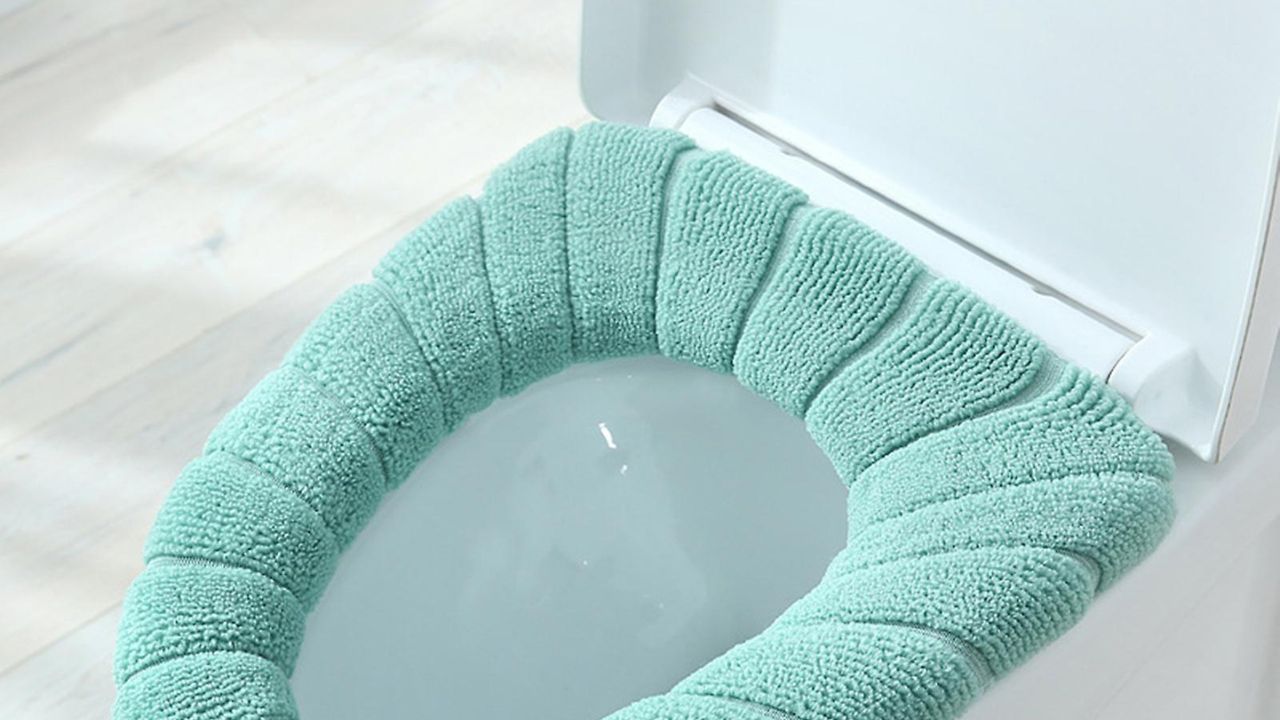
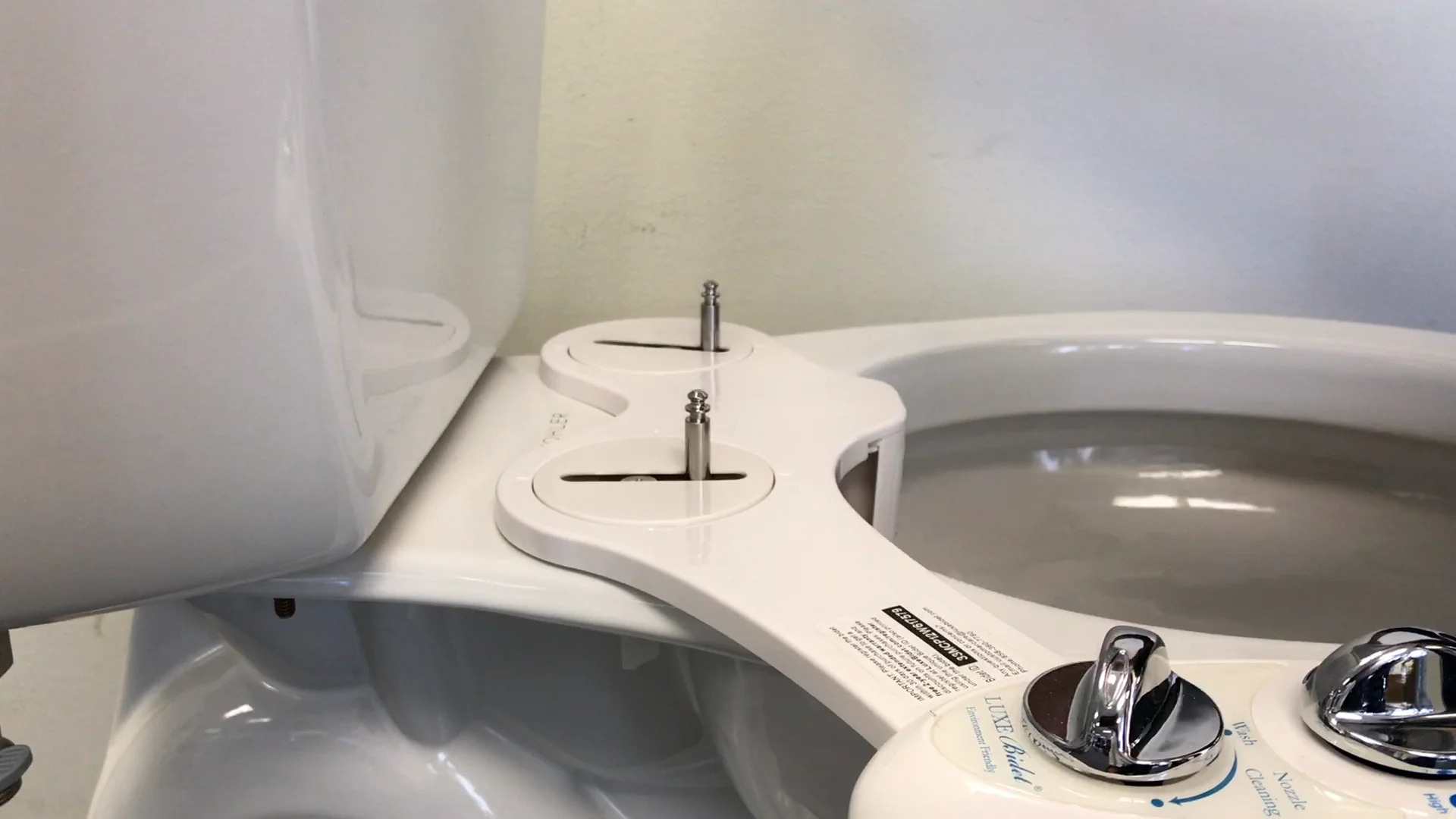
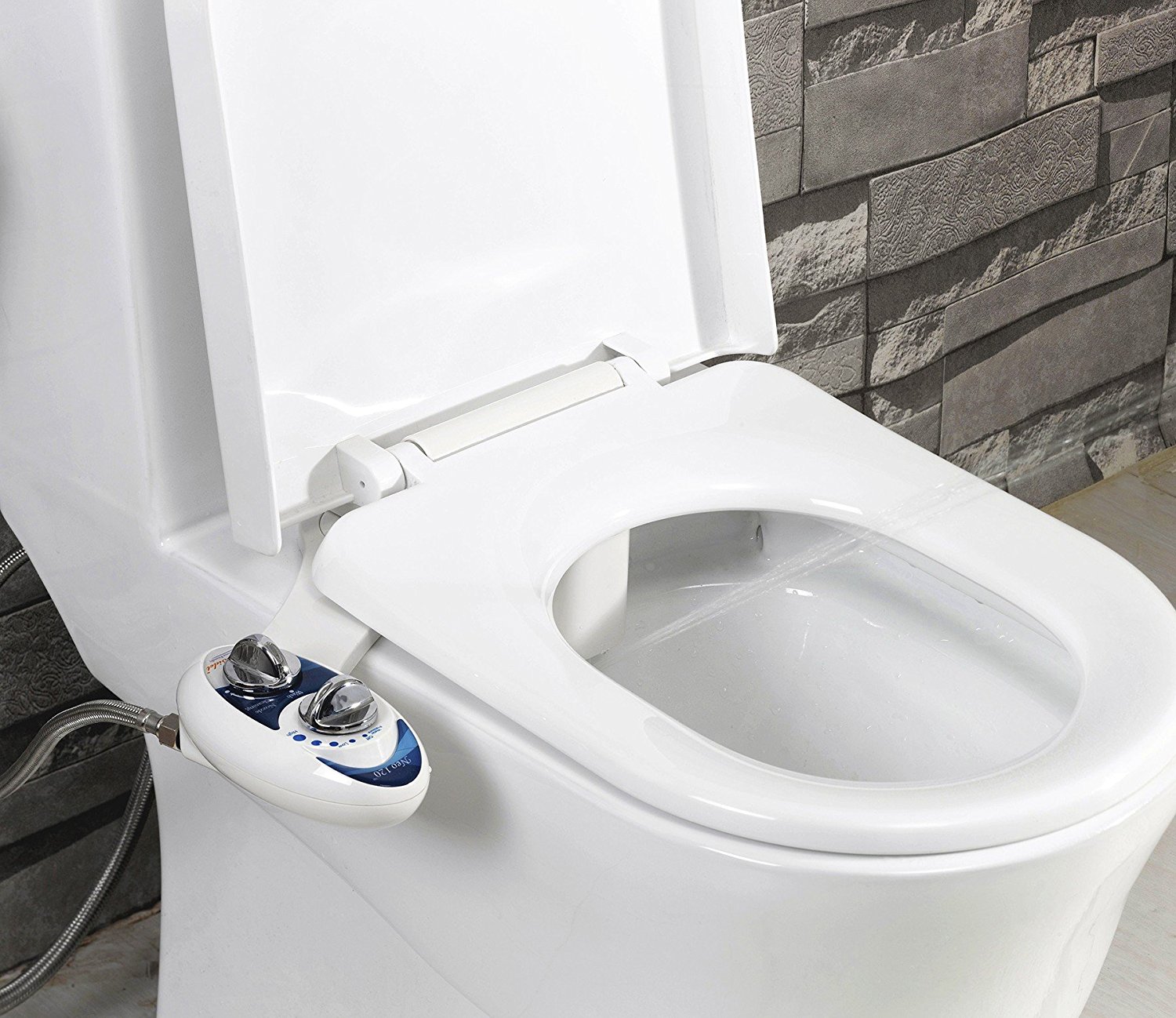
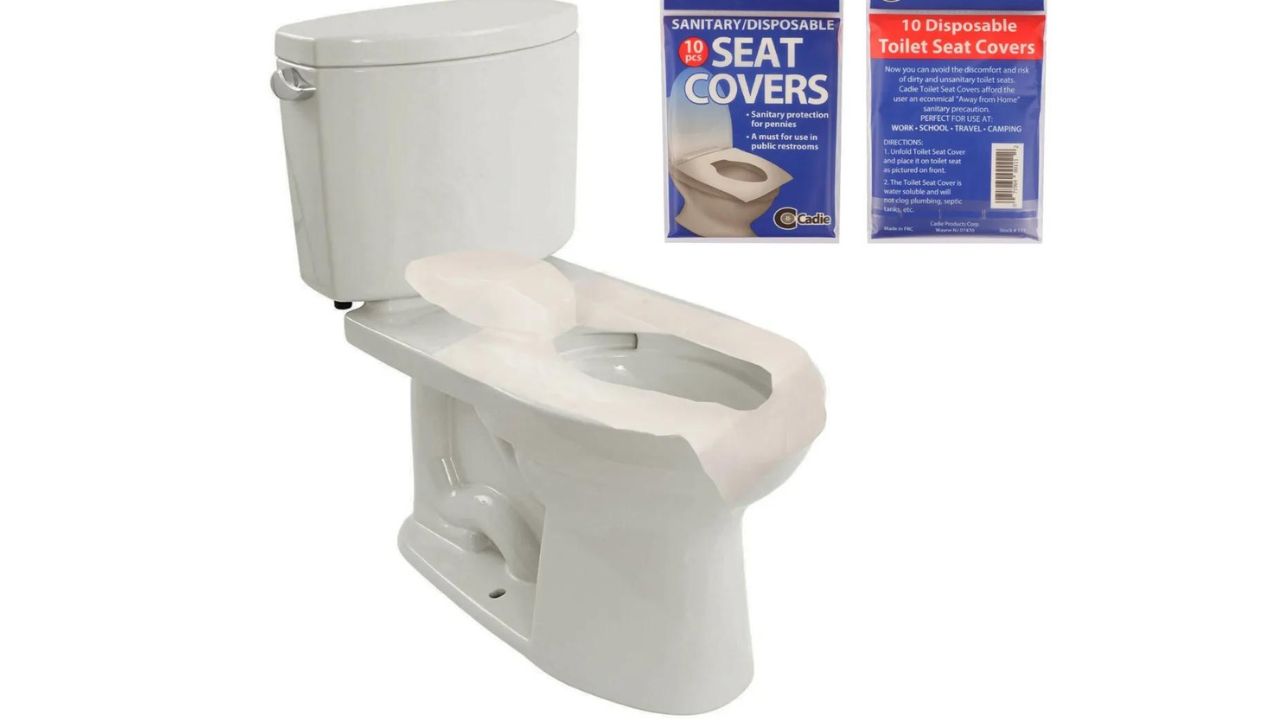
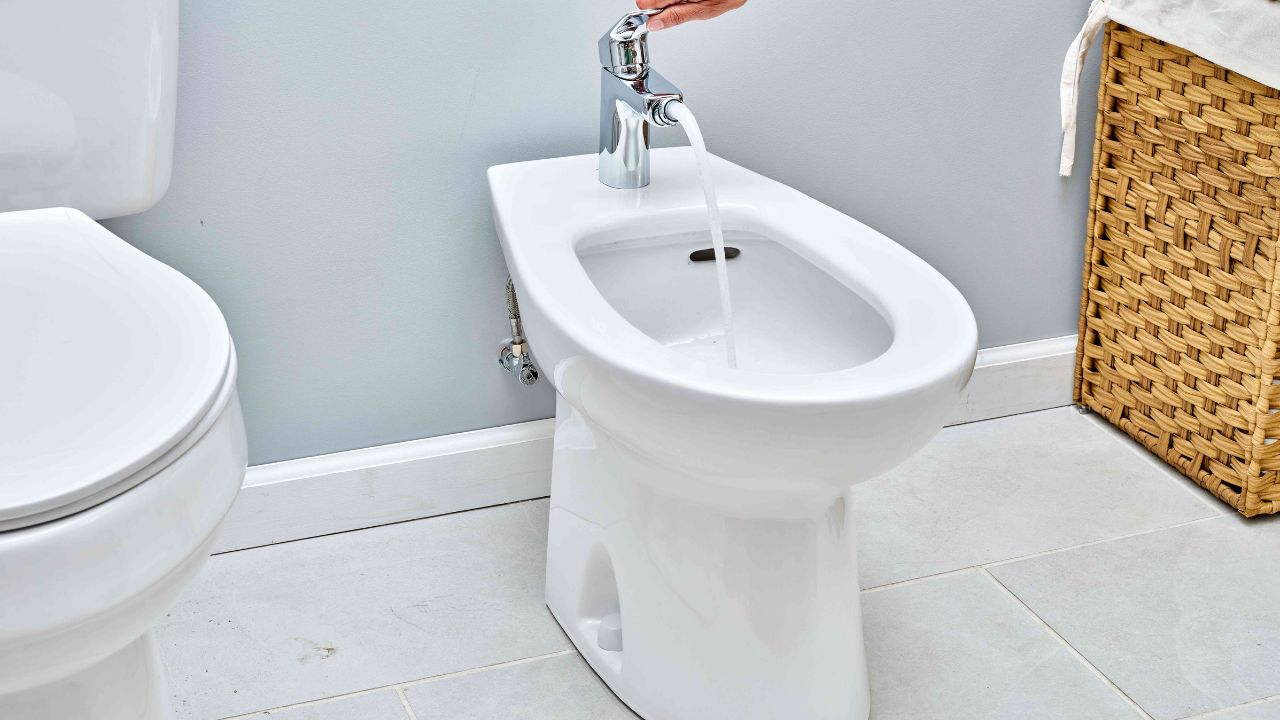
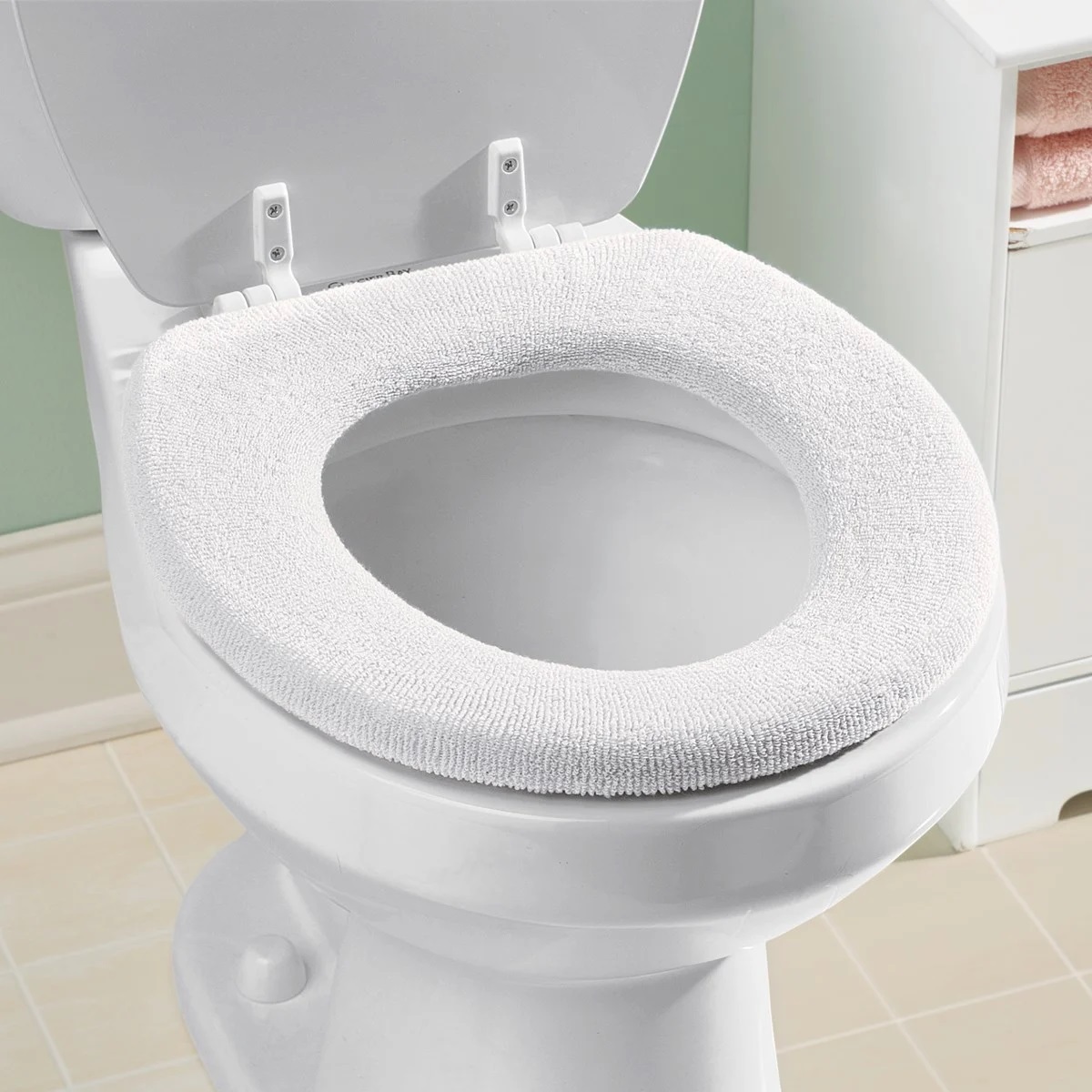
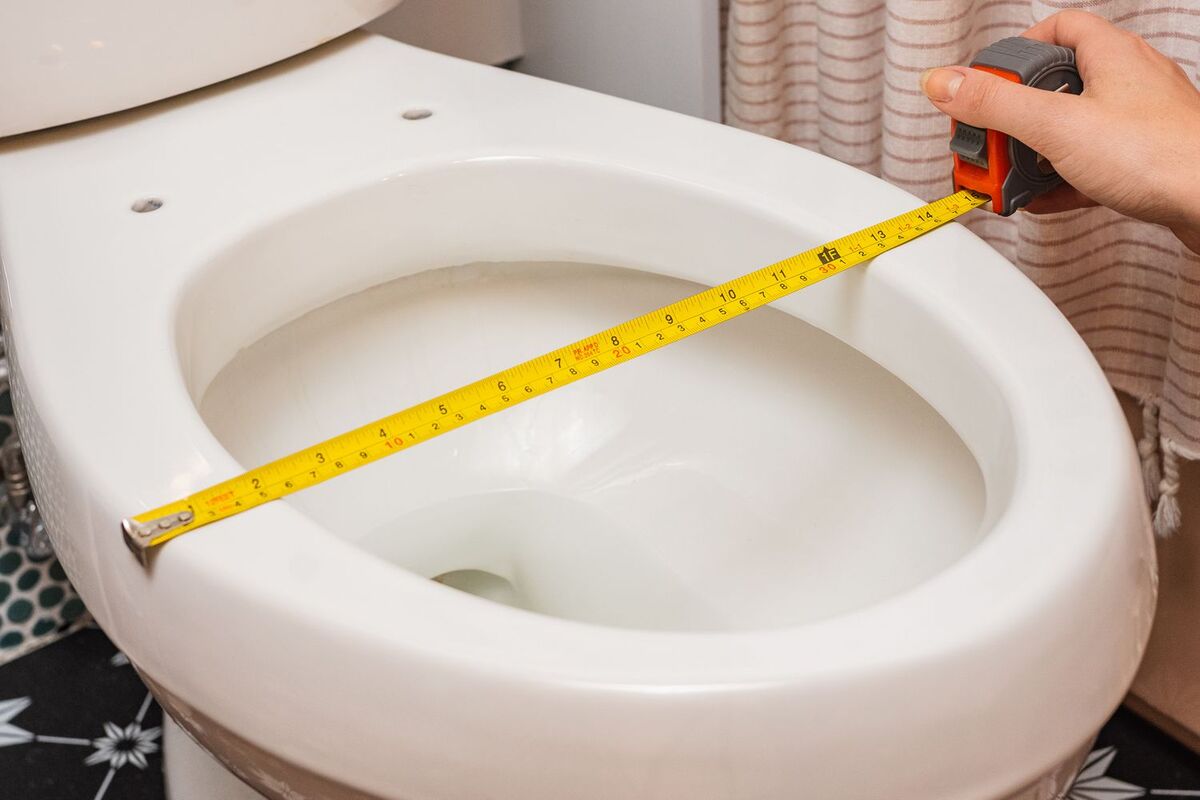
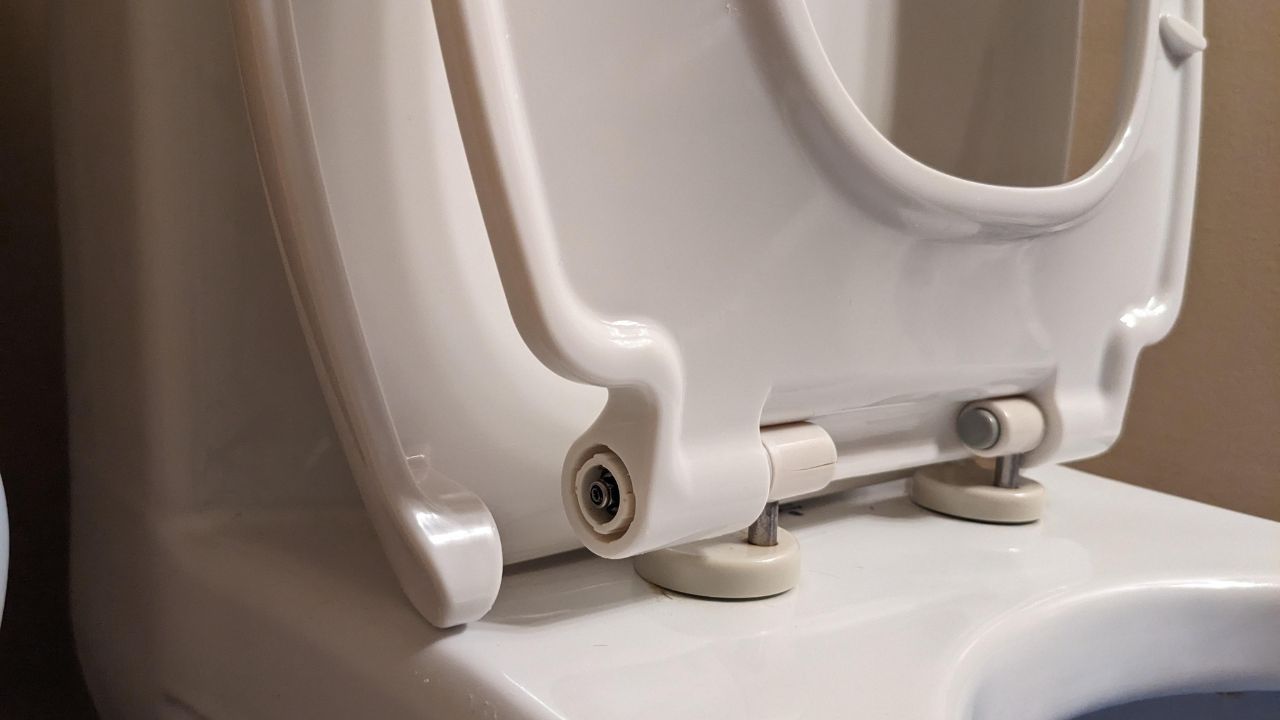
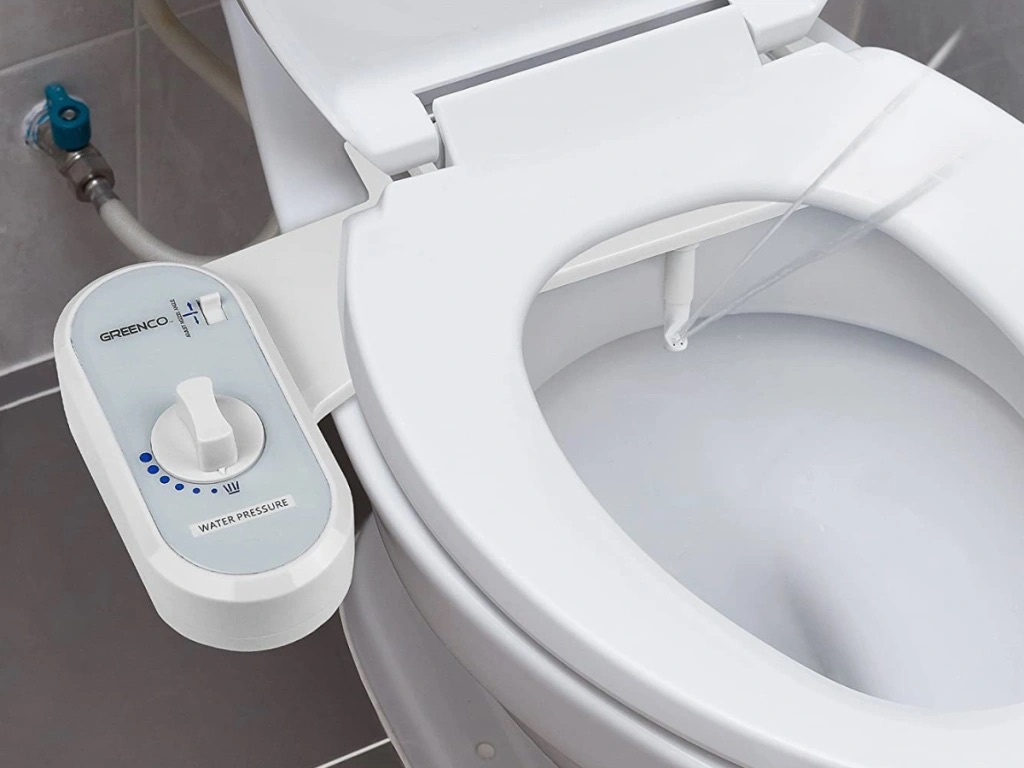
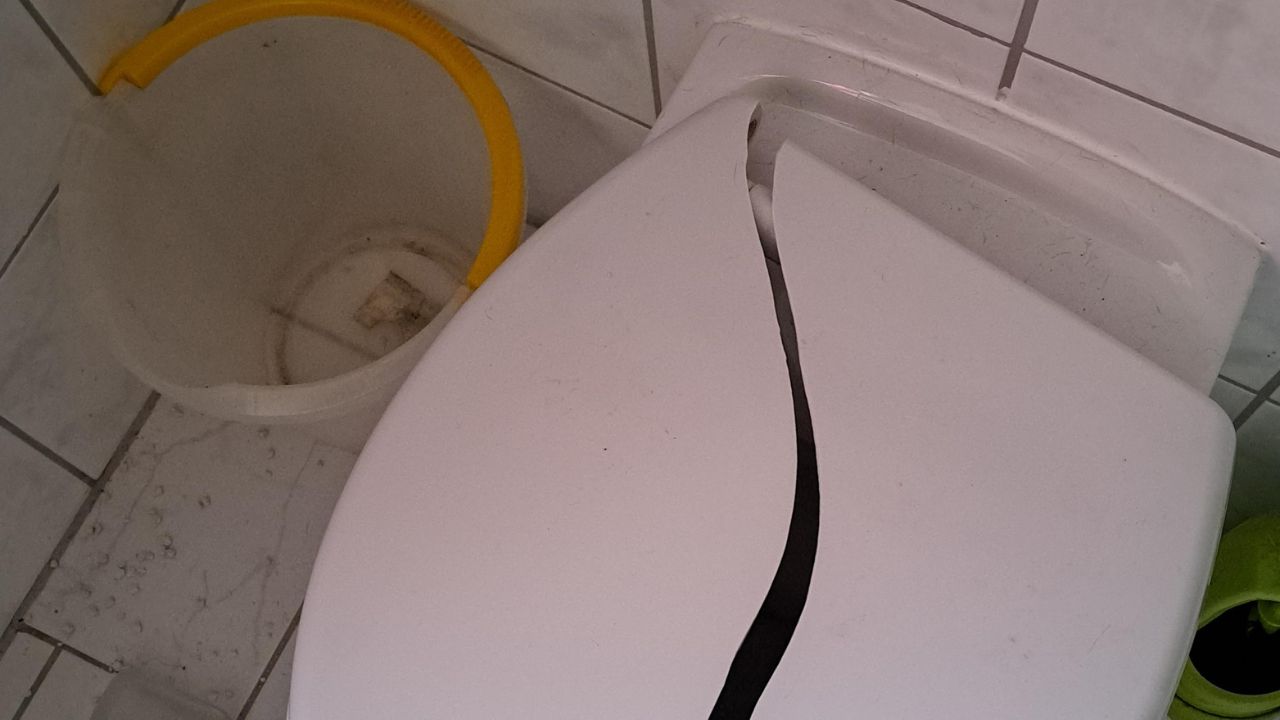

0 thoughts on “How To Disinfect Toilet Seat”